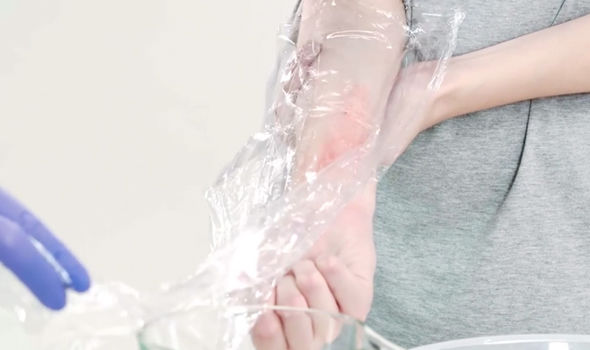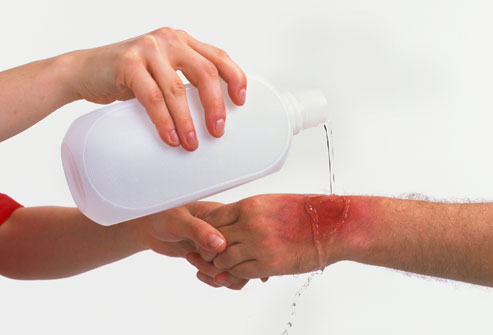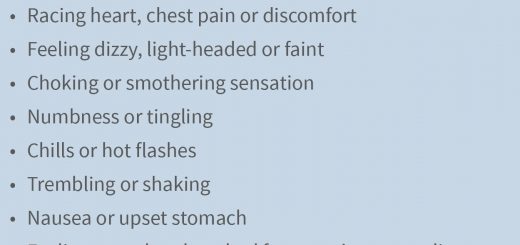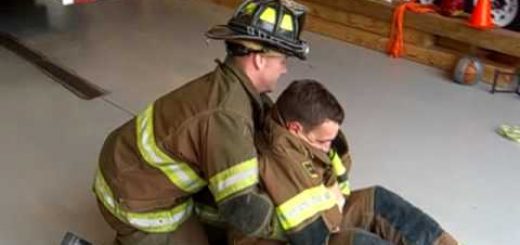How to Build a First Aid Kit from Household Items
First aid is all about treating injuries and illnesses at home before seeking medical help. If you don’t have a first aid kit available at home you can improvise using common household items. In this blog post, we’ll show you how to build a first aid kit from items you can find around the house.
We would strongly recommend however that you pick up a comprehensive first aid kit containing the appropriate sterile first aid dressings and items, however, if you find yourself having to improvise then read on!
Here are our top four household items to use in your improvised first aid kit:
1. Clingfilm
Clingfilm can be used to cover burn and scald injuries one they’ve been cooled for at least ten minutes. Burns should be covered with a non-fluffy dressing to reduce the risk of infection developing in the burn. Clingfilm is ideal to use as it won’t stick to the burn and is an effective barrier against infection.
Don’t wrap the clingfilm tightly around the burn, instead just lay it loosely to cover the injury. Burn injuries will swell so it is important to give the injured area space to swell and expand.
Also, make sure you use clean clingfilm!
2. Frozen Food
A bag of frozen food (for example, frozen peas or other vegetables) is great to use on a sprain/strain or minor head injury. The cold will reduce the swelling and associated inflammation from an injury and may improve healing.
Use PRICE to remember how to treat a sprain or a strain:
- Protect from further injury
- Rest the injured area
- Ice
- Compression
- Elevation to reduce swelling
Remember never to apply ice or other freezing items directly to the skin as this could cause cold burns. Instead, wrap the ice or bag of frozen food in a towel in place over the injury.
3. Clean Towels or Clothes
Direct pressure over a wound is the most effective way to control major bleeding. Elevating the injury will help but is unlikely to completely stop the bleeding.
If you don’t have a pressure bandage available then you can improvise using any clean towels or clothes to hand. Apply firm direct pressure over the wound whilst awaiting the arrival of EMS.
Monitor the victim for the development of shock and keep the pressure applied until further help arrives.
4. Bottled Water or Other Drinks
Burns or scalds should be cooled for a minimum of ten minutes. Major burns or burns involving chemicals may require a longer cooling period. If you don’t have running tap water to hand, use any bottled water or other non-toxic liquid to cool the burn.
It is vital that cooling happens immediately in order to remove the heat from the burn and prevent further damage to the skin and underlying tissues. Cooling a burn quickly will speed up healing and reduce the risk of the victim developing permanent scarring from the burn injury.
Learn Basic First Aid Skills
Sign up for our free online training class to learn more basic life-saving first aid skills. You can also test your knowledge with our free first aid quizzes.
Recommended Household First Aid Kit
Here’s our recommended household first aid kits tried & tested by our team.










